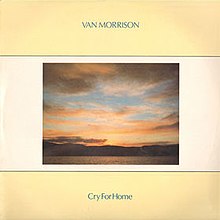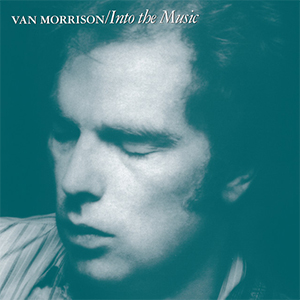
Into the Music is the 11th studio album by Northern Irish singer-songwriter Van Morrison, and was released in August 1979. It includes "Bright Side of the Road", which peaked at number 63 on the UK Singles Chart, and other songs in which Morrison sought to return to his more profound and transcendent style after the pop-oriented Wavelength. The record received favourable reviews from several music critics and was named as one of the year's best albums in the Pazz & Jop critics' poll.

Common One is the twelfth studio album by Northern Irish singer-songwriter Van Morrison, released in 1980. The album was recorded over a nine-day period at Super Bear Studios, near Nice, on the French Riviera. Its title comes from the 3
4 section of the song "Summertime in England", where Morrison sings the lyrics "Oh, my common one with the coat so old and the light in her head".

Inarticulate Speech of the Heart is the fourteenth studio album by Northern Irish singer-songwriter Van Morrison, released in 1983. Morrison said he arrived at the title from a Shavian saying: "that idea of communicating with as little articulation as possible, at the same time being emotionally articulate". As his last album for Warner Bros. Records, he decided to do an album which had more than the usual complement of instrumental tracks. As he explained in 1984, "Sometimes when I'm playing something, I'm just sort of humming along with it, and that's got a different vibration than an actual song. So the instrumentals just come from trying to get that form of expression, which is not the same as writing a song." Although not expanded upon, of note is that a special thanks is given to L. Ron Hubbard in the liner notes. The reissued and remastered version of the album contains alternative takes of "Cry for Home" and "Inarticulate Speech of the Heart No. 2".
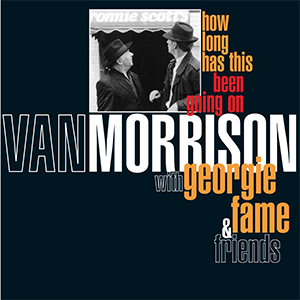
How Long Has This Been Going On is the twenty-fourth studio album by Northern Irish singer-songwriter Van Morrison, "with Georgie Fame and Friends", released in December 1995 in the UK. It charted at No. 1 on Top Jazz Albums.

Back on Top is the twenty-seventh studio album by Northern Irish singer/songwriter Van Morrison. It was released in 1999 by Point Blank. This album marks a slight return to the forms of music he is most known for: blues and R&B. Upon the album's release, Rolling Stone reviewed it as "one Monet and nine Norman Rockwells", the "Monet" being "When the Leaves Come Falling Down" which it called a masterpiece.

The Philosopher's Stone is a compilation album by Northern Irish singer-songwriter Van Morrison released in 1998.

"Bright Side of the Road" is a song written by Northern Irish singer-songwriter Van Morrison and included on his 1979 album Into the Music. It was also one of the outtakes that made up the 1998 compilation album, The Philosopher's Stone. As a single "Bright Side of the Road" was released in September 1979 and charted at No. 48 in the Netherlands, No. 63 in the UK and just outside the Billboard Hot 100 in the US at No. 110.

"Cleaning Windows" is a song written by the Northern Irish singer-songwriter Van Morrison, recorded on his 1982 album Beautiful Vision.

"Real Real Gone" is a hit single written by Northern Irish singer-songwriter Van Morrison and included on his 1990 album Enlightenment. It has remained a popular live performance tune and Morrison has included it on the set lists at many of his concerts since releasing it.

"Days Like This" is a popular song written by Northern Irish singer-songwriter Van Morrison and the title song of his 1995 album of the same name. Morrison has often performed this song in concert appearances, including at the Austin City Limits Music Festival.

Live at the Grand Opera House Belfast is a live album by Northern Irish singer-songwriter Van Morrison, released in 1984. It was recorded from four live shows in March 1983 at the Grand Opera House, Belfast, Northern Ireland. The album was composed of songs from Morrison's last four recordings. It is the second live album Morrison released, following 10 years after It's Too Late to Stop Now.
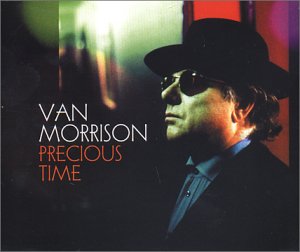
"Precious Time" is a popular song written by Northern Irish singer-songwriter Van Morrison and recorded on his 1999 album, Back on Top. It was released as a single in the UK and charted at No. 36. Since first recording it, Morrison has played it in concert 574 times from March 1998 until June 2008, making it one of his most frequently performed songs.
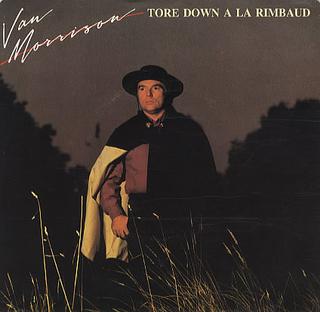
"Tore Down a la Rimbaud" is a song written by Northern Irish singer-songwriter Van Morrison and included on his 1985 album, A Sense of Wonder.
"Vanlose Stairway" is a song written by the Northern Irish singer-songwriter Van Morrison, and included on his 1982 album Beautiful Vision. It has remained a popular concert performance throughout Morrison's career and has become one of his most played songs.

"Back on Top" is a song written by Northern Irish singer-songwriter Van Morrison and the title track on his 1999 album, Back on Top. It was released as a single in the UK and charted at number sixty-nine.

"Dweller on the Threshold" is a song written by Northern Irish singer-songwriter Van Morrison and first released on his 1982 album, Beautiful Vision. It was released as a single on the B-Side in 1982 with the instrumental "Scandinavia" as the "A" tune. Another release in 1984 had a live version of "Dweller on the Threshold" as the A-Side.

"The Healing Game" is the title song on Northern Irish singer-songwriter Van Morrison's 1997 album. It was released twice as a single in 1997 as an A-side with different B-sides – including "Have I Told You Lately" and "Gloria". The single reached number 46 in the UK.
"And the Healing Has Begun" is a song written by Northern Irish singer-songwriter Van Morrison and recorded on his 1979 album, Into the Music.
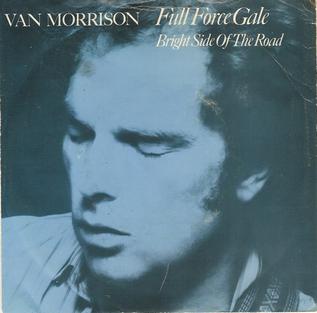
"Full Force Gale" is a song written by Northern Irish singer-songwriter Van Morrison. It was included on his 1979 album Into the Music.
"Burning Ground" is a song written by Northern Irish singer-songwriter Van Morrison and included on his 1997 album, The Healing Game. For this song, Morrison got his inspiration from a common scene from his childhood when jute was shipped to Belfast from India in the 1950s.
